IT’S ONLY PULP: A Fair and Balanced Review of CONAN THE BARBARIAN (2011)
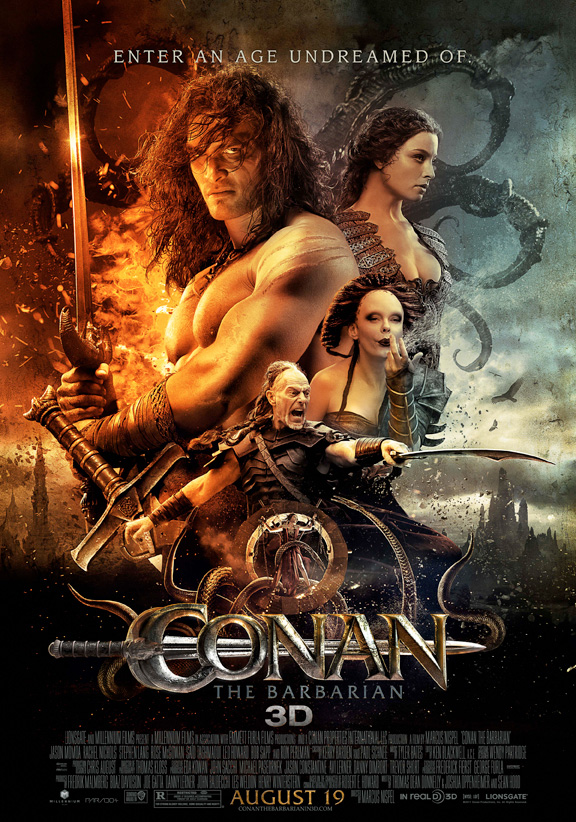 Friends, Bloggers, Conan Fans, lend me your ears! I come not to defend the new CONAN movie, but to present an informal overview that examines what works and what doesn’t work. To begin, I’ve seen a lot better movies … and I’ve seen a LOT worse movies.
Friends, Bloggers, Conan Fans, lend me your ears! I come not to defend the new CONAN movie, but to present an informal overview that examines what works and what doesn’t work. To begin, I’ve seen a lot better movies … and I’ve seen a LOT worse movies.
First, let’s consider the source: Robert E. Howard is a largely respected fantasy author by today’s standards. However, that was not the case in the 20s and 30s when he was publishing his lurid pulp adventure stories in WEIRD TALES and similar pulp magazines of the time. In Howard’s day, pulp fiction was considered “trash,” and it was treated accordingly. Sex and violence were common ingredients in a good pulp tale, and Howard’s work is definitely full of both. However, what was considered obscene in the Pulp Era seems rather tame compared to the graphic sex and violence we see in today’s media. You can look at this in two ways: Either we as a society have gotten less uptight about certain subjects, or we have become a more depraved society. It’s all a matter of perspective. And as many philosphers will tell you, perspective is reality.
The new CONAN THE BARBARIAN film isn’t exactly a remake, but it does borrow its revenge motif from the original (and superior) John Milius CONAN film from 1982. That was NOT a Howard plot point. The Conan of Howard’s tales is not pursuing vengeance for his slain father, his slain mother, or his slain village. However, he would certainly have not been above bringing bloody and thunderous vengeance to anybody who wronged him. It simply was not his driving ambition, as it is in the movies.
Before I talk about the movie’s failings, let me first say what works about it: The visuals. Marcus Nispel’s CONAN THE BARBARIAN is a visual triumph. The Hyborian Age has never looked so wondrous, splendid, and believable on screen. From the virgin wilderness and Cimmerian villages to the decadent, sprawling cities, the vast monastaries, and the ancient citadels with skull-shaped caves, the movie simply looks fantastic. The costuming too is spot-on and suitably grimy, evocative, and well-designed. Same goes for the props: swords, spears, armor, ships, etc.
It all LOOKS fantastic. But looks aren’t everything…
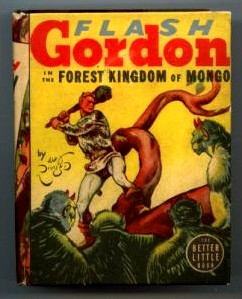
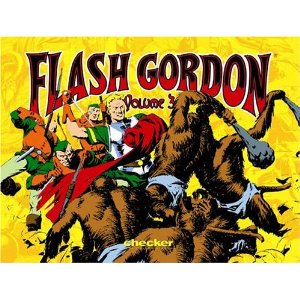
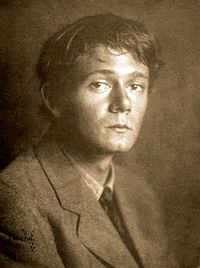 Sunday was the fiftieth anniversary of the death of Clark Ashton Smith. We morbid fans of a writer with a delectable taste for morbidity love to celebrate death anniversaries as much as birth ones, and the seduction of the half-century mark is too great to dismiss.
Sunday was the fiftieth anniversary of the death of Clark Ashton Smith. We morbid fans of a writer with a delectable taste for morbidity love to celebrate death anniversaries as much as birth ones, and the seduction of the half-century mark is too great to dismiss. Shiela Crerar, psychic investigator and adventuress, first burst into public view in the pages of The Blue Magazine in 1920 with “The Eyes of Doom”. The obscure creation of the
Shiela Crerar, psychic investigator and adventuress, first burst into public view in the pages of The Blue Magazine in 1920 with “The Eyes of Doom”. The obscure creation of the 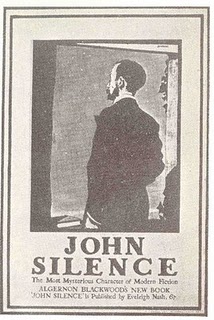
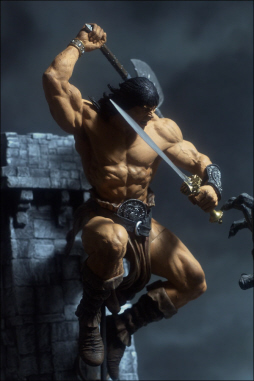 Imagine Conan in Shadizar, meeting with a beautiful woman calling herself Fortuna who pays him to find Thuris, the man who kidnapped her younger sister. Conan accepts the woman’s coin but finds himself in the middle of double and triple crosses as Fortuna — known as Brigid the Bold in the underworld — seeks for the Falcon of Maltus along with her betrayed confederates, Jubliex Cairo, Wilmer the Younger, and Gutmar.
Imagine Conan in Shadizar, meeting with a beautiful woman calling herself Fortuna who pays him to find Thuris, the man who kidnapped her younger sister. Conan accepts the woman’s coin but finds himself in the middle of double and triple crosses as Fortuna — known as Brigid the Bold in the underworld — seeks for the Falcon of Maltus along with her betrayed confederates, Jubliex Cairo, Wilmer the Younger, and Gutmar. 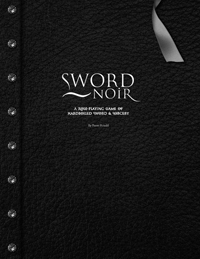 As usual, the kind of stories I was reading and writing bled into the kind of games I was playing, and this took me down a path I did not expect. I ended cobbling together a system that was purpose built to play “sword noir.” In order to do that, I had to define the term.
As usual, the kind of stories I was reading and writing bled into the kind of games I was playing, and this took me down a path I did not expect. I ended cobbling together a system that was purpose built to play “sword noir.” In order to do that, I had to define the term.
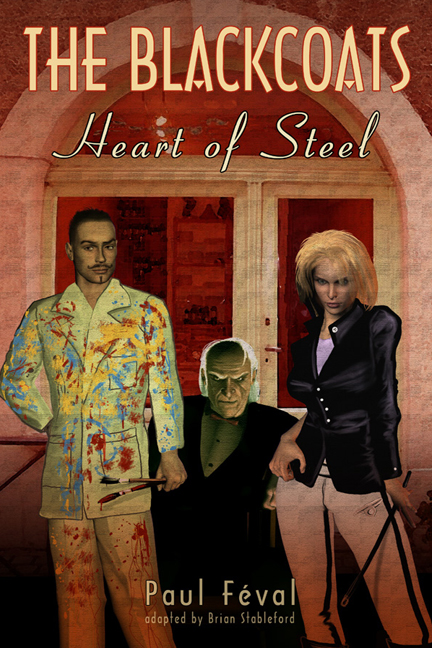
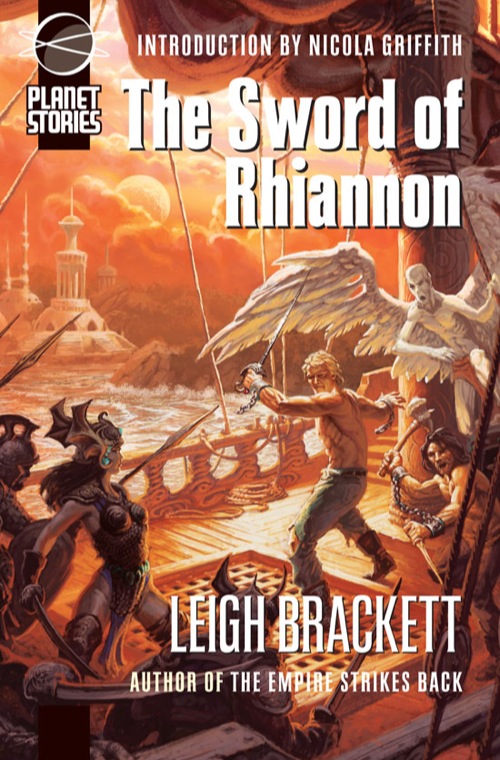 I committed a major heresy, in public and on record, against the sword-and-sorcery community when I stated on the recording for a podcast that, in the realm of “sword-and-sorcery” fiction, I prefer Leigh Brackett over Robert E. Howard. Although at least one participant on the podcast seconded my opinion, I do understand why most sword-and-sorcery readers cannot go with me on this. Howard is, after all, the Enthroned God of the genre. And, strictly speaking, Brackett did not write fantasy or historicals. Her specialty was action-oriented science fiction with heavy fantasy influences, the sub-genre of science-fantasy known as “planetary romance.” (Sometimes called “sword-and-planet.” I hate that term.)
I committed a major heresy, in public and on record, against the sword-and-sorcery community when I stated on the recording for a podcast that, in the realm of “sword-and-sorcery” fiction, I prefer Leigh Brackett over Robert E. Howard. Although at least one participant on the podcast seconded my opinion, I do understand why most sword-and-sorcery readers cannot go with me on this. Howard is, after all, the Enthroned God of the genre. And, strictly speaking, Brackett did not write fantasy or historicals. Her specialty was action-oriented science fiction with heavy fantasy influences, the sub-genre of science-fantasy known as “planetary romance.” (Sometimes called “sword-and-planet.” I hate that term.)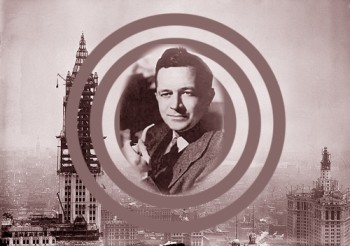 I’m a nut about the trivia of dates, so the moment I heard about the birth of my second nephew, A. Dean Martin (yes, really), I had to look up the famous people who share his birthday of June 16. The list includes philosopher Adam Smith, legendary film comedian Stan Laurel, and Apache leader Geronimo. Oh, and some fellow named Murray Leinster.
I’m a nut about the trivia of dates, so the moment I heard about the birth of my second nephew, A. Dean Martin (yes, really), I had to look up the famous people who share his birthday of June 16. The list includes philosopher Adam Smith, legendary film comedian Stan Laurel, and Apache leader Geronimo. Oh, and some fellow named Murray Leinster.